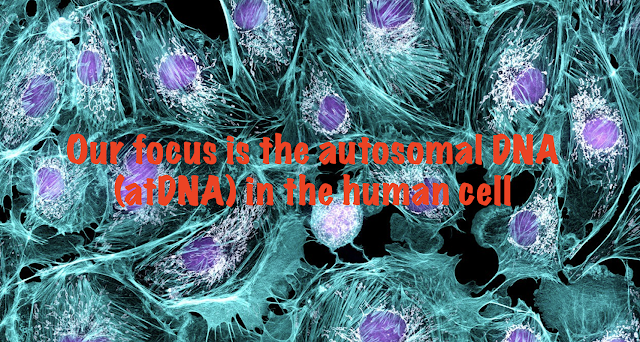Module 2: Grouping activity solution and recap on your activities

To recap on the messages from the earlier post with the activity:- You'll now be sorting your matches into groups. You might have initially sorted to your paternal (P0) and maternal (M0) lines and then moved to your four grandparent lines - P1/4, P5/8, M1/4 and M5/8. You might also be now breaking down your groups further. You'll probably have a few groups of matches that you can't allocate to the P1/4, P5/8, M1/4 and M5/8 groups and you'll be creating research groups eg _PUK1, _MUK1 and UK1. My hint is to limit your unknown groups to no more than six groups. Ungrouped matches can either be left for later grouping or placed in high level group eg P0, M0, _UK#, _UKP# and/or _UKM#. I also use US or UK for "unknown side". Remember that I use symbol at the front of the research groups so they don't get mixed amongst the P and M groups. UK and US will appear after the P and M groups. The P0 and M0 groups can also be used for matches without share matches. Ther...



